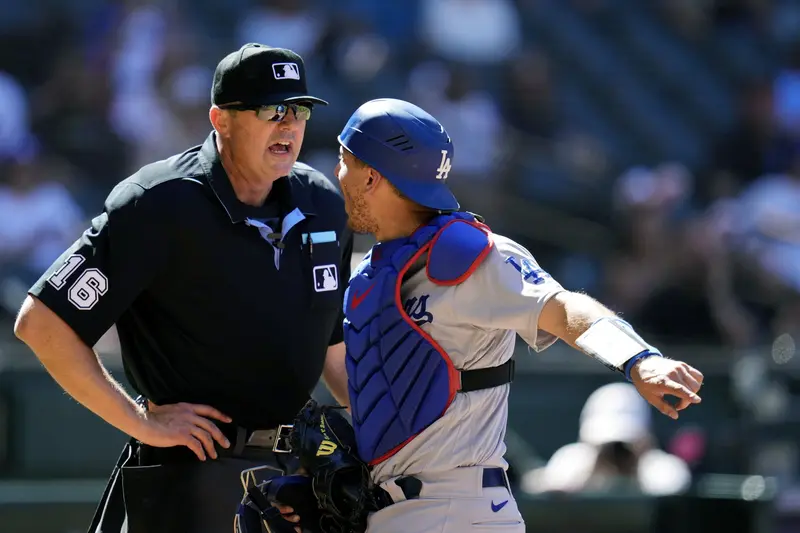The Problem (as I Understood It)
Basically, trying to predict when a baseball game is gonna be a total blowout. Like, one team is up by a million runs and everyone knows it's over way before the 9th inning. I wanted to see if I could use stats to maybe figure this out early on.
DiggingataD into the Data

First, I needed data. I grabbed some MLB game data (box scores, play-by-play, the whole shebang) from the last few seasons. Found some free datasets online, nothing fancy. I ended up using a CSV file.
- Loading up the data: I used Python with Pandas to load the CSV.
- Cleaning house: This part sucked. Missing values everywhere. Had to decide what to do with them. For some, I filled in with zeros. For others, I just dropped the rows.
- Feature engineering: I added a few things that I thought might be useful. Like the difference in runs between the teams at different points in the game. Also tried some rolling averages of team performance.
Building a (Simple) Model
I'm no ML wizard, so I kept it simple. Figured I'd try a logistic regression model.
- Defining the "blowout": Had to decide what constitutes a blowout. I settled on a lead of 7+ runs by the 7th inning. Seemed reasonable.
- Splitting the data: Split the data into training and testing sets. You know, the usual.
- Training the model: Used scikit-learn to train the logistic regression model on the training data.
How'd it Do?
Not great, honestly. The accuracy was okay-ish, but it was missing a lot of the actual blowouts.
- Precision/Recall: The precision was decent (when it predicted a blowout, it was usually right), but the recall was low (it missed a lot of the blowouts).
- Tweaking the model: I messed around with the features and the regularization parameters, but didn't see a huge improvement.
What I Learned
This was more complicated than I thought!
- Baseball is weird: It's really hard to predict anything with certainty. A lucky hit or a bad call can change everything.
- Feature engineering is key: I probably need to spend more time thinking about what features would actually be predictive. Maybe look at things like pitcher fatigue or team morale.
- More data, better models: I was using a relatively small dataset. More data would probably help. Also, maybe try a more sophisticated model (like a random forest or something).
Next Steps (Maybe)
If I were to keep working on this, I'd probably:
- Gather more data, especially focusing on factors beyond just the raw box score stats.
- Explore different models and feature combinations.
- Think more deeply about what actually causes a blowout.
Anyway, that was my little adventure in MLB blowout prediction. Not a huge success, but I learned a few things along the way.

